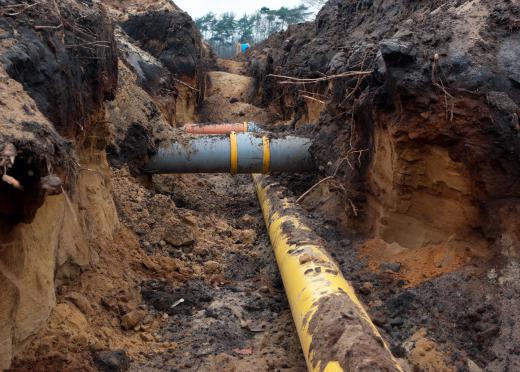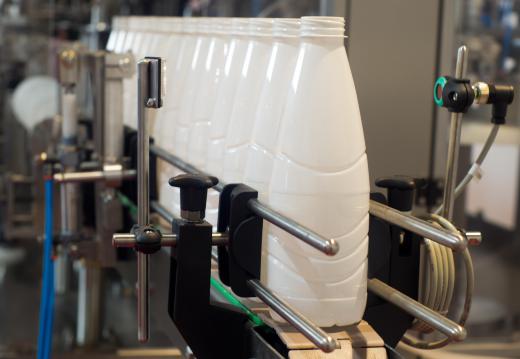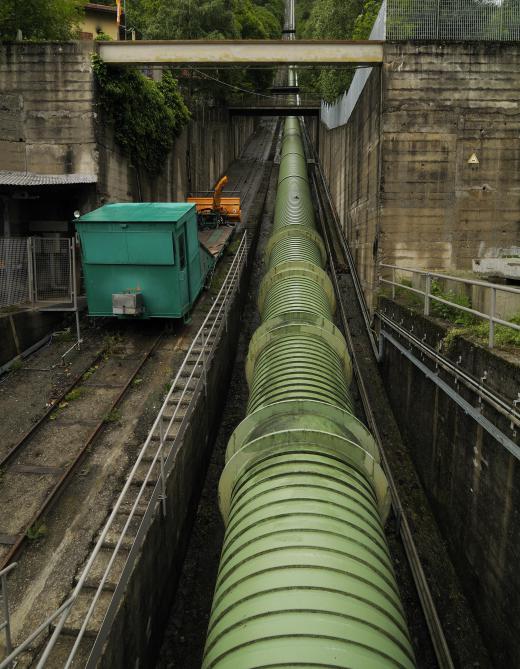What Is an Anaerobic Reactor?
An anaerobic reactor is used to treat wastewater. It is one of many types of anaerobic digester. Being anaerobic, it performs its functions in the absence of oxygen. The reactor is part of a larger waste water treatment process and is neither the first element of treatment nor the last. It is, however, the main part of the process for breaking down organic materials held within the waste water.
Anaerobic digesters and reactors are used on liquid products produced by a number of industrial processes. These can include chemical and pharmaceutical processes. They also include food production processes required to make ice cream, dairy products and alcohol processes such as brewing and distilling. By processing such waste products, the companies aim to make the waste safer for the environment.

The anaerobic reactor section of waste water treatment follows on from other processes. First, the waste water goes though equalization, neutralization and then a heat exchange before being pumped into the reactor tank. Gas produced by these processes is released for treatment and can be used to produce energy using a turbine. Gas produced from the main anaerobic reactor’s processes is biogas and is treated separately. Once out of the reactor, the liquid is either put into the sewage system or sent for aerobic treatment.

There are a number of different filters used in anaerobic reactors. Fluidized bed units use sand or plastic granules. Upflow and downflow filters use pebbles, stones or porous plastic sheets. These fixed films create the anaerobic conditions needed to break apart the organic compounds. All filters need to be maintained and have different shelf lives before needing to be replaced.

The Upflow Anaerobic Sludge Blanket (UASB) digestion process uses an organic filter. The filter takes three months to reach maturity, but has a number of advantages. It works by creating a sludge filter made up of bacteria and other microorganisms. An advantage of the UASB anaerobic reactor is that it reduces the amount of post-reactor treatment waste products require. It also produces a larger amount of biogas that can be used to generate electricity.
Anaerobic digestion, as used by each anaerobic reactor, is a process that breaks down organic compounds in the absence of oxygen. Microorganisms and bacteria are used to break down the waste’s organic polymers. Acidogenic bacteria then convert amino acids and sugars into ammonia, hydrogen and organic acids. These are then converted into acetic acid and finally into methane and carbon dioxide.
AS FEATURED ON:
AS FEATURED ON:













Discuss this Article
Post your comments